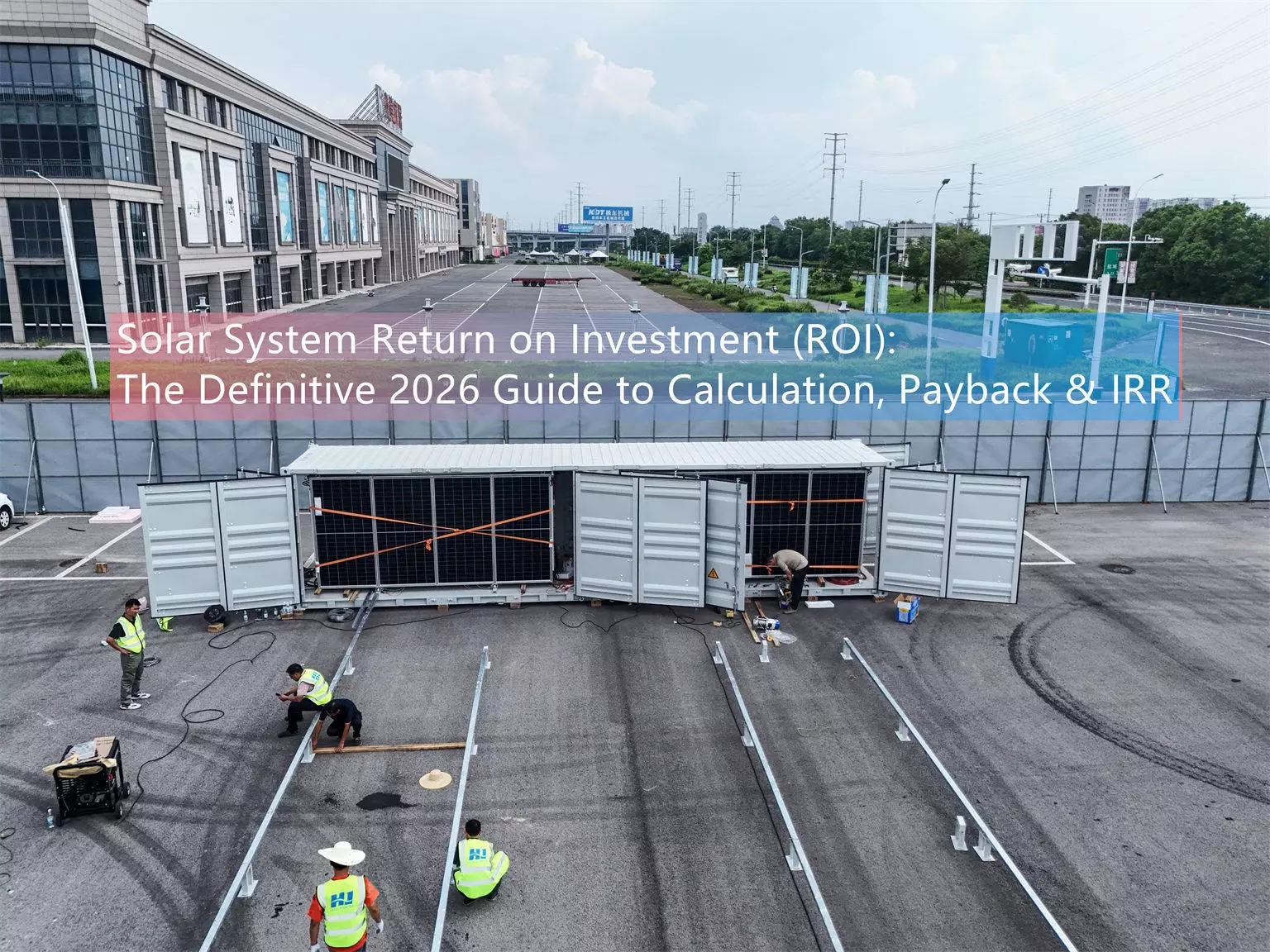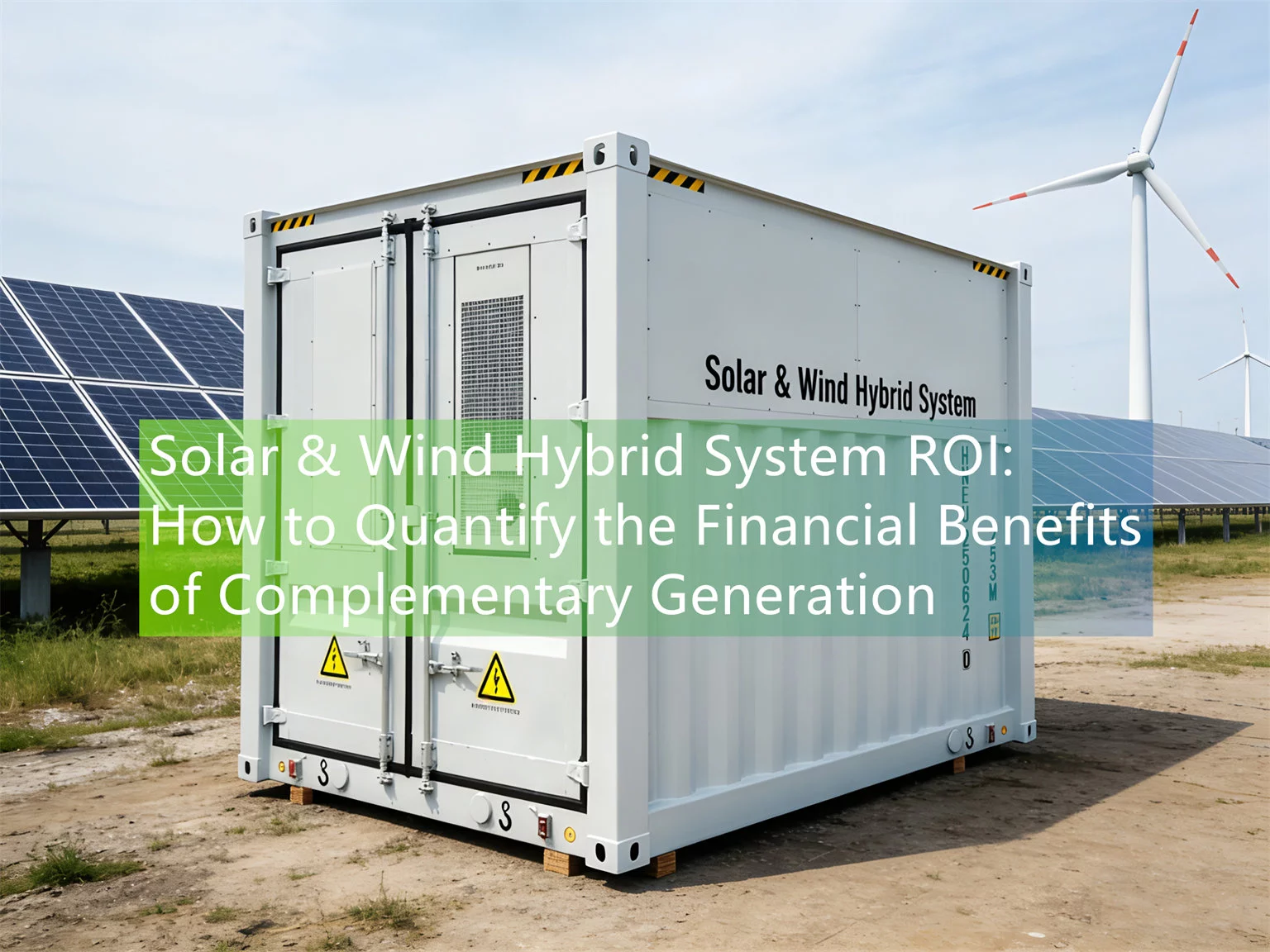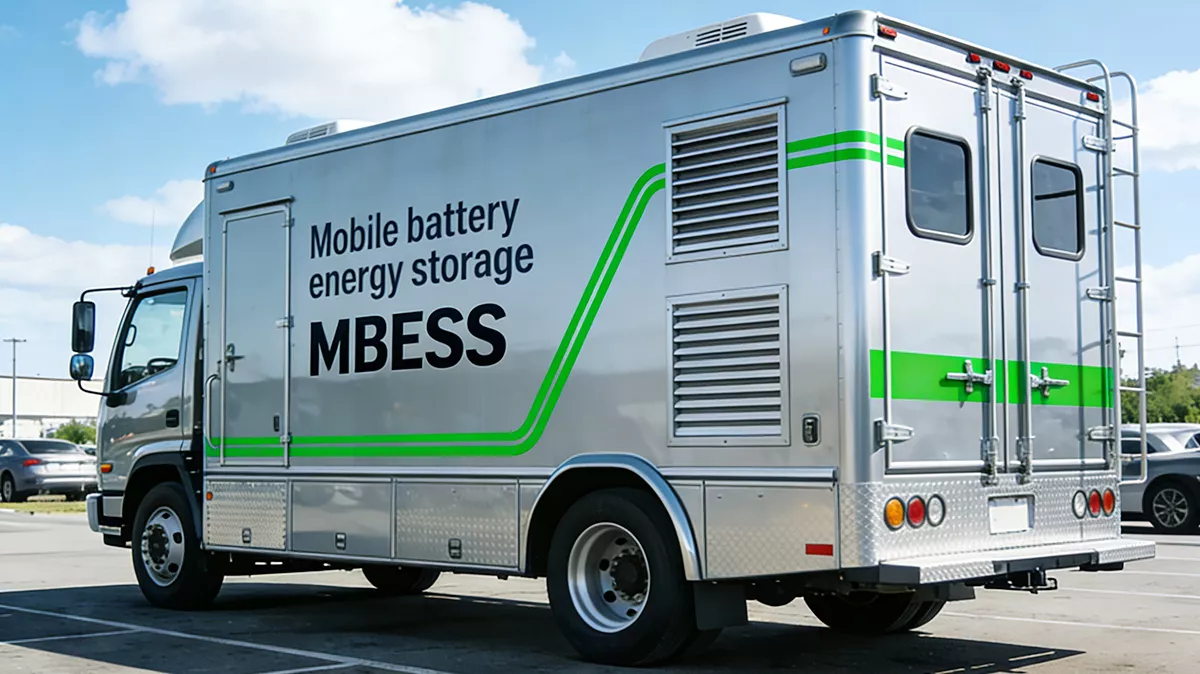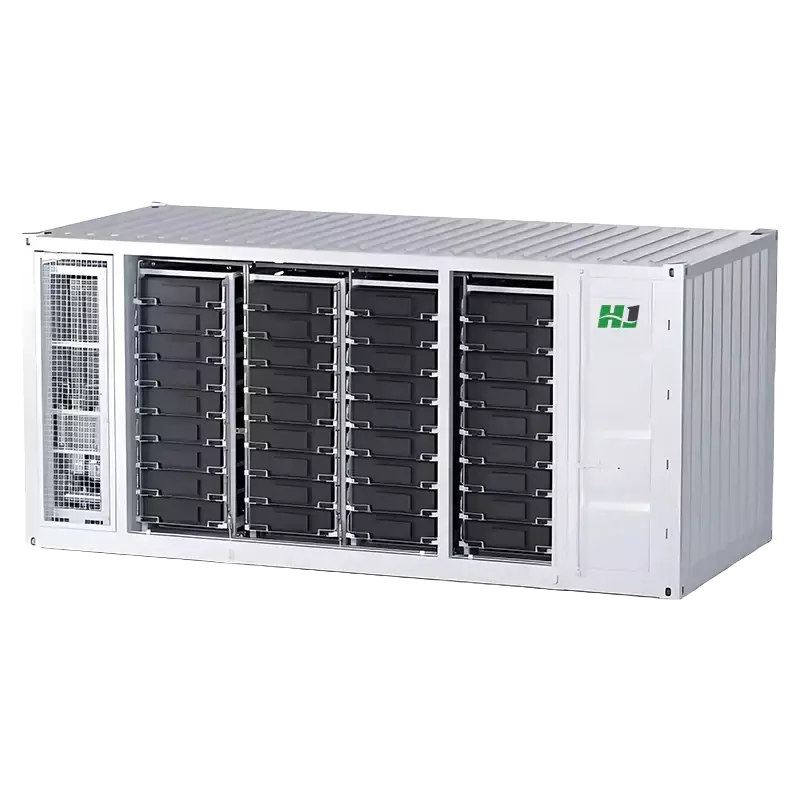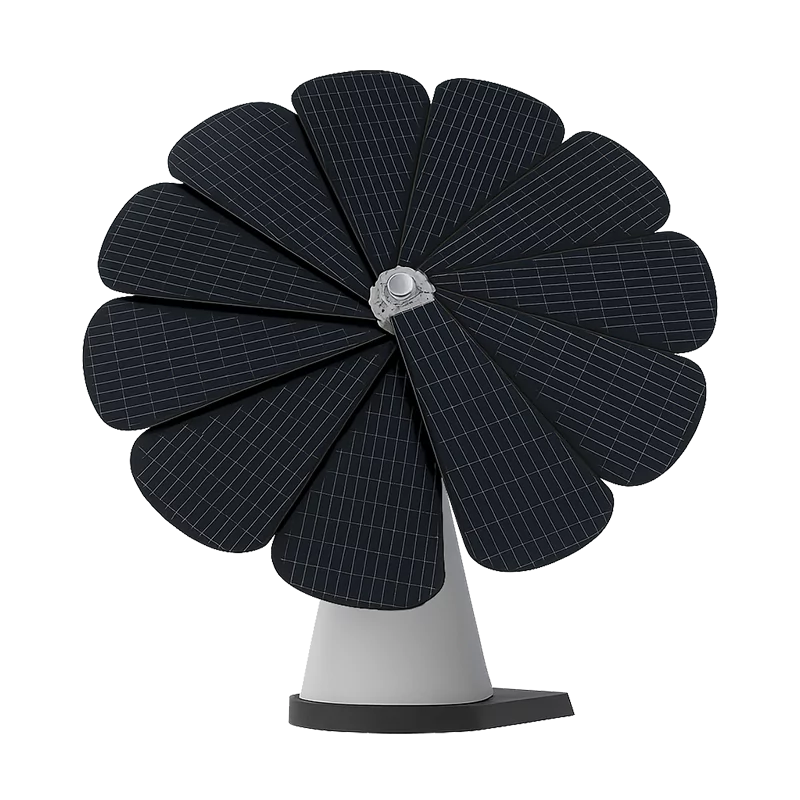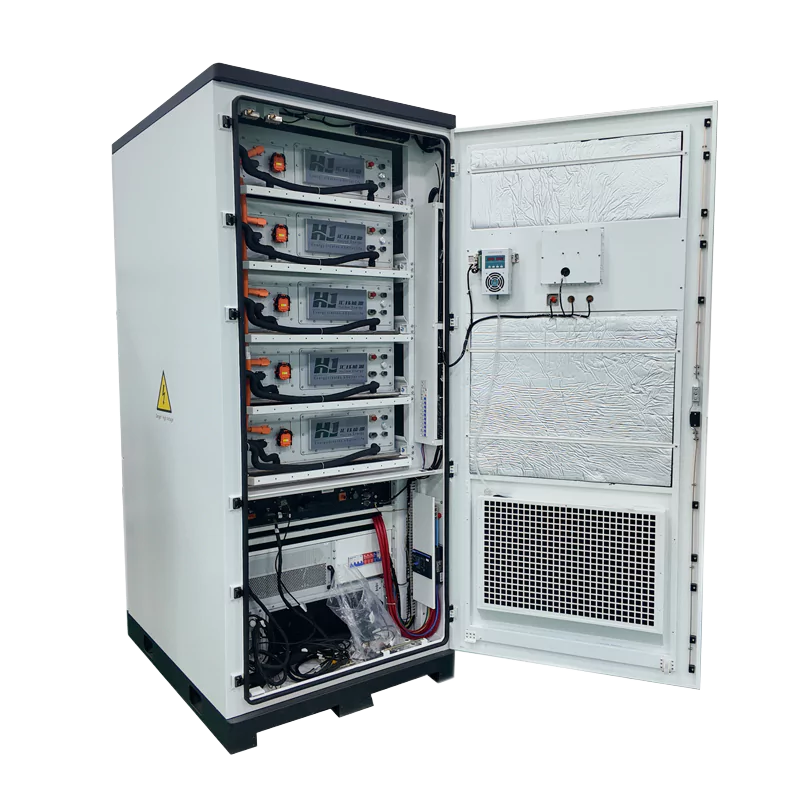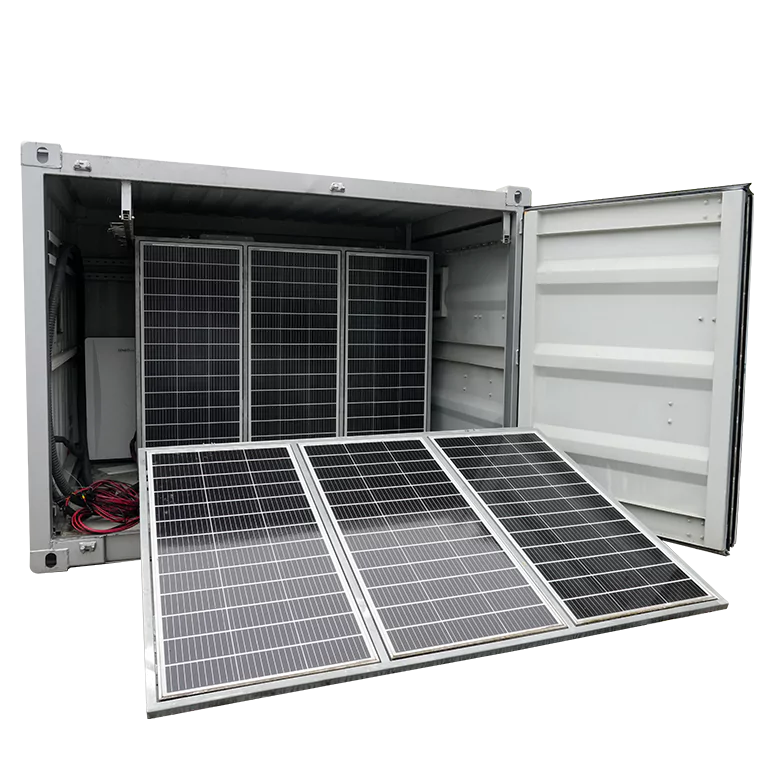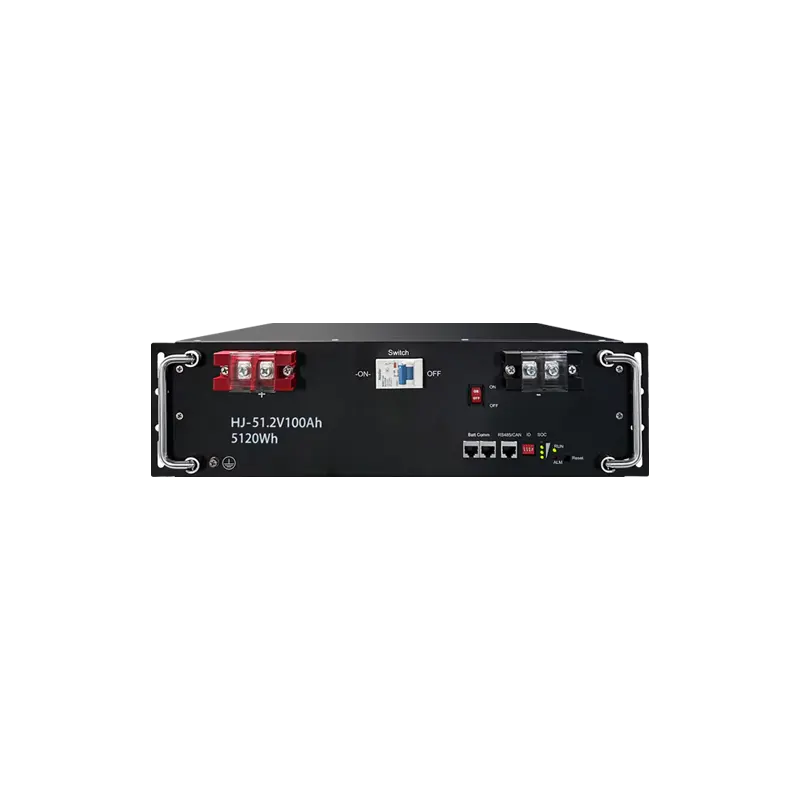Chicago CCHP Buildings: Cutting Carbon Footprints & Achieving LEED
Introduction: The Energy Imperative in the Windy City
Chicago’s iconic skyline represents not just architectural ambition but significant energy consumption. As the city advances toward ambitious sustainability goals—including the Chicago Climate Action Plan targeting an 80% reduction in emissions by 2050—commercial buildings face increasing pressure to innovate. Combined Cooling, Heating, and Power (CCHP), also known as trigeneration, has emerged as a powerful solution for Chicago CCHP buildings seeking to reduce their carbon footprint while achieving prestigious LEED certification.

Energy Efficiency Impact
CCHP systems achieve 70-90% total efficiency compared to 45-50% for conventional systems, directly translating to 20-35% lower CO₂ emissions for Chicago commercial buildings.
Understanding CCHP: The Engine of On-Site Efficiency
CCHP technology generates electricity on-site while capturing waste heat for thermal applications. This integrated approach delivers three critical benefits for Chicago commercial buildings:
The Efficiency Advantage
Traditional energy systems operate at 45-50% efficiency. By utilizing waste heat, CCHP systems in Chicago achieve total efficiencies of 70-90%, drastically reducing primary energy consumption.
Carbon Footprint Reduction
When powered by natural gas, CCHP typically reduces a building’s CO₂ emissions by 20-35% compared to conventional systems, creating a direct pathway to LEED carbon reduction goals.
Operational Resilience
On-site power generation enhances resilience against grid outages while reducing demand charges and volatile electricity costs—critical for Chicago’s extreme weather conditions.
CCHP & LEED Certification: Strategic Synergy
Properly implemented CCHP contributes significantly to LEED certification across multiple categories:
Energy & Atmosphere Optimization
High-efficiency CCHP systems help buildings achieve 10-30% better energy performance than code-compliant structures, directly contributing to EA credits.
Renewable Energy Integration
When paired with renewable biogas or green hydrogen, CCHP’s carbon benefits amplify, potentially contributing to renewable energy credits.
Innovation Credits
Advanced implementations using fuel cells or optimized thermal storage can qualify for LEED Innovation credits.
Chicago Case Studies: CCHP in Action
The Old Chicago Main Post Office Redevelopment
Location: 433 W Van Buren St, Chicago, IL
Project Scope: Adaptive reuse of 2.8-million-sq-ft landmark
CCHP Solution: 7.5 MW natural gas turbine system
Sustainability Impact: Reduces CO₂ emissions by 25,000+ tons annually
LEED Achievement: Platinum certification (one of world’s largest)
Source: USGBC Project Directory
O’Hare International Airport – Terminal 5 Expansion
Location: O’Hare International Airport, Chicago
Project Scope: Terminal expansion and modernization
CCHP Solution: Central utility plant with integrated trigeneration
Sustainability Impact: Core component of airport’s carbon reduction strategy
Source: Chicago Department of Aviation Sustainability Reports
Technology Selection Guide for Chicago Buildings

Prime Mover Options
- Gas Engines: Proven technology with moderate cost, ideal for most commercial buildings
- Gas Turbines: High capacity for large campuses (e.g., Post Office redevelopment)
- Fuel Cells: Ultra-low emissions with highest electrical efficiency
Thermal Utilization Systems
Chicago’s climate demands robust solutions for both heating and cooling applications. Absorption chillers are critical for converting waste heat into cooling capacity, with system sizing being paramount for optimal annual performance.
Control System Integration
Advanced controls manage interactions between CCHP, thermal storage, building loads, and the grid for maximum efficiency and resilience.
Market Trends & Future Outlook
Fuel Decarbonization
Transition to renewable natural gas (RNG) or green hydrogen could enable near-zero carbon operation for Chicago CCHP installations.
Hybrid System Approaches
Combining CCHP with heat pumps and renewables creates optimal solutions for Chicago’s climate challenges.
Resilience Focus
CCHP is becoming foundational for microgrids that provide critical backup during outages. Modular, containerized solutions enable rapid deployment in urban settings.
Optimizing CCHP for LEED Certification
- Precise Sizing: Detailed load profiling prevents efficiency losses from over/undersized systems
- Thermal Storage Integration: Enables optimal operation during low-demand periods
- Continuous Monitoring: Ensures projected savings and emissions reductions are maintained
- Commissioning: Critical for LEED points and long-term performance verification
Transform Your Building’s Energy Profile
Discover how modular CCHP solutions can reduce your carbon footprint while achieving LEED certification goals.
Conclusion: CCHP as a Sustainability Cornerstone
For Chicago commercial buildings pursuing significant carbon footprint reduction and LEED certification, CCHP represents a strategic imperative rather than merely an option. Chicago projects like the Old Main Post Office demonstrate how properly implemented trigeneration delivers transformative efficiency gains and sustainability outcomes. As fuel decarbonization advances, CCHP’s role in creating sustainable, resilient, and economically viable energy systems will continue to grow—establishing it as a cornerstone technology for Chicago’s sustainable skyline.
Find Your Solar + Battery Storage Specialist Now!
* Fill out this form and our experts will help you find the perfect solar storage solution for your home or business.




